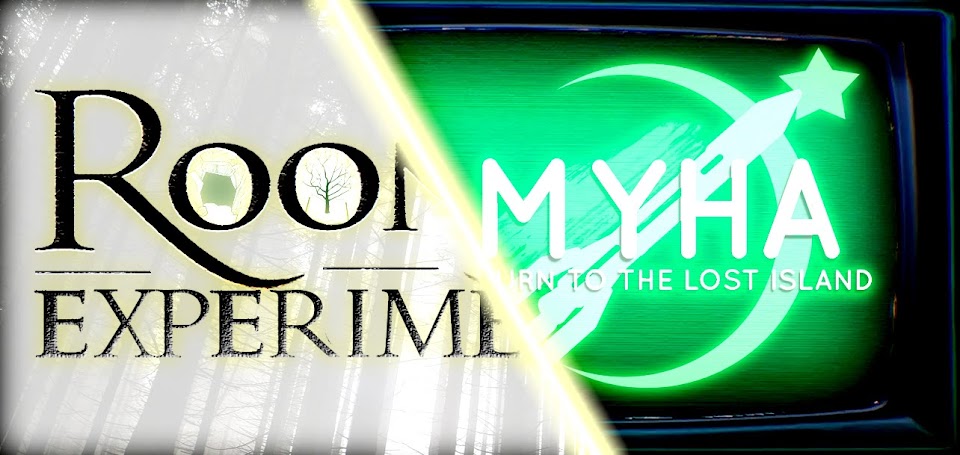Bonjour à tous !
SaveSytem
J'ai enfin trouvé une solution pour le système de sauvegarde... non sans mal... il n'est pas parfait ! loin de là, mais il fonctionne ! Il va maintenant passer des tests !
J'ai utilisé le Ultimate Save System qui permet de faire les sauvegardes via le kismet directement sans aucune autre modification des scripts du jeu !
Pour simplifier, avec ce système je peux:
- sauvegarder toutes les variables (vector, bool, valeur ou nom)
- charger toutes ces variables
- il n'y a aucune sauvegarde d'animation ou du kismet...
Donc, prenons un exemple:
je souhaites sauvegarder le fait que j'ai ouvert une porte:
- Par défaut, au chargement du niveau, la variable bool (vrai/faux) suivante: DOOR=FALSE (porte fermé)
- Si je clique sur la porte, elle s'ouvre et je change la variable: DOOR=TRUE
- Je sauvegarde...
- Je charge : Alors mon niveau se réinitialise comme pour une première partie
- Je vérifie la variable DOOR, si DOOR=FALSE, alors je ne touche à rien
si DOOR=TRUE, alors le joueur a cliqué sur la porte avant de sauvegarder... ainsi je peux la rouvrir !
voilà, c'est pour simplifier, mais je peux faire ça pour toutes choses dans le jeu !
Ci dessous le Kismet complet pour ce système de sauvegarde :
Il y a 3 étapes:
- Le joueur appuie sur la touche 1 du clavier, ainsi je sauvegarde toutes les variables dans un fichier S-FileName
- Le joueur appuie sur la touche F1 du clavier, ainsi je sauvegarde le fait qu'il veut charger le jeu dans un autre fichier S-Charge, puis je relance la map.
- En début de jeu, la map vérifie s'il s'agit d'une première ouverture, ou bien s'il s'agit d'un chargement d'une sauvegarde (à l'aide du fichier S-Charge)
Si c'est la première ouverture, alors le S-Charge=FALSE donc on lance le jeu normalement
Si c'est un chargement, alors le S-Charge=TRUE, donc je lis toutes les nouvelles variables et je replace les objets...
Voilà, c'est un peu compliqué à première vue, mais ça fonctionne correctement pour le moment !
Art Concept
Nous attaquons une nouvelle pièce: "la chambre des peintures"
Dessin d'Akel
Et nous sommes toujours dans le planning fixé avec l'équipe !!
a très bientôt !










